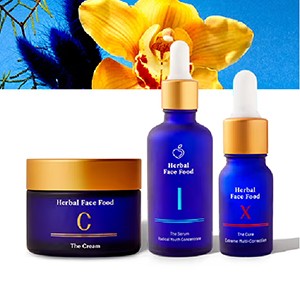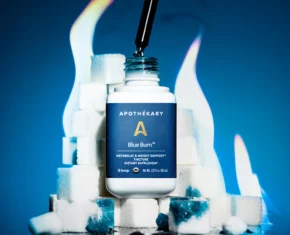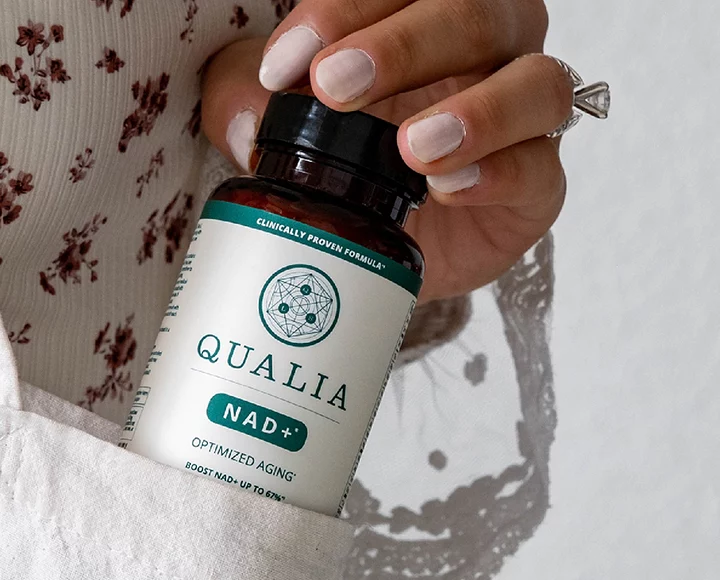The situation: you suspect you have a gluten intolerance are scared you’ll never eat a normal meal again. Fear not, we’re here to help decode all the hubbub surrounding gluten and gluten intolerance, clear up the confusion, and teach you how to eliminate it, if necessary. Look through our guide below, then grab our list of top gluten-free recipes…
WHAT IS GLUTEN?:
Simply put, gluten is a protein found in certain grains that is responsible for those visco-elastic properties that we have come to associate with that spongy bread quality we know and love. You can further break gluten down into a collection of amino acid chains consisting of Gliadins and Glutenins.
GLUTEN INTOLERANCE:
Common symptoms of a gluten intolerance as well as celiac disease include but are not limited to: mood related issues from depression to schizophrenia, ADHD, acid reflux, irritable bowel syndrome, bloating and water retention seasonal allergies, asthma, sinus congestion, infections, depression, acne, dandruff, seborrhea, psoriasis, trigger heart disease, LDL cholesterol particles, bladder control issues, seizures, migraine and headaches, low bone density, intestinal cancers, diabetes, thyroid issues and stunted growth.
Those that have Celiac disease, an inherited autoimmune disease that sometimes is known to lay dormant for years or exhibit no symptoms, are unable to digest these proteins. When these grains are consumed, they trigger an immune response that causes the body to attack itself and cause damage to the intestinal villi and lead to nutritional deficiencies and malabsorption over time. Celiac disease is very different than a gluten intolerance, and it is believed that only one percent of the population is diagnosed with Celiac disease.
There are also those that avoid gluten, not because it’s trendy, but because they too feel ill after consuming it. Gliadin is the main culprit behind such issues as intestinal leakiness, inflammation and immune responses that we often associate with gluten-related allergies and responses. The issue is, however, just like when it comes to most food sensitivities, symptoms can be wide ranging as well as delayed, making it very difficult to pinpoint exactly what is causing the overall complaints. One might not get a stomachache right after eating gluten; perhaps IBS is not a symptom, but constipation is. It might be a week later that one notices they have no energy or their symptoms exhibit themselves as mood related. These far ranging complaints is one of the reasons why there is so much skepticism whether gluten intolerance is even a real thing.
The troubles with diagnosis:
Lack of diagnosis does not mean that one’s symptoms are invalid. Those that have successfully pinpointed their food sensitivities and removed gluten from their diets with noticeable improvement to their health and symptoms should not be questioned.
Many people who benefit from a gluten-free diet often feel best consuming little to no grains, even gluten-free ones. Grains, like many nuts, seeds and legumes, contain lectins. These are protective molecules in the plant act as natural pesticides and protect the plant from molds and predators. They also happen to be very difficult to digest and may aggravate the intestinal lining leading to leaky gut, making it hard to absorb nutrients as well as lead to other food sensitivities and allergies. Wheat contains high levels of lectins that are difficult to breakdown even though many cooking preparations.
Another issue that may lead to difficulty digesting gluten is the high processing of grains in general. Today we consume more grains than we ever have before in the form of highly processed and manipulated pastas, cereals, baked goods, etc. Rarely do we sit down to a bowl of whole grains and it’s these starchy and highly inflammatory white flours that may be exacerbating these symptoms.
Hidden gluten can be found in a surprising number of foods. Many people don’t realize that these refined grain products are found in nearly every meal, not to mention even household items, cosmetics and beauty products. From salad dressings to vegetable mixes and even alcohols, it can be hard to avoid if you don’t know what you are looking for. Check out this link for a complete list of gluten-related ingredients.
How to test for Gluten related illnesses:
A gluten allergy or Celiac disease may be more difficult to diagnose than thought. Blood work results will often report false negatives, making the patient suffering believe their stomach issues are unrelated. In addition, when someone is having issues with digestion, blood work may also show sensitivities to many other foods in addition to gluten since gut permeability will allow food particles to pass through the gut barrier and into the blood. Once the gut is stronger, these sensitivities to other foods may resolve themselves and be reintroduced.
To diagnose for Celiac disease, doctors will test the blood for high levels of the (tTGA) anti-tissue transglutaminase or (EMA) anti-endomysium antibodies. If these test results are negative but symptoms are still in-line with Celiac disease, a bowel biopsy may be made to confirm a diagnosis. This is done to check for damage to the intestinal villi. IgE and IgG antibody blood tests may also be performed to test for non-celiac related gluten allergies.
Dermatitis Herpetiformis or DH affected approximately 15-25 percent of people with celiac disease. The rash is usually located on the elbows, backs of arms, legs and buttocks and may be a good indicator that one is suffering from a gluten-related reaction. DH can be confirmed through a blood test and skin biopsy.
HOw To Start Feeling Better:
The process of diagnosis may be long, arduous and sometimes inconclusive, however there is a simple solution with great benefit. Following a gluten elimination diet, may be the best way to see if removing gluten from your diet truly makes an impact.
It is best to completely cut out gluten for 2-4 weeks to cleanse the system and gauge improvement. Following the elimination period, try introducing one form a gluten back per day and consume at each meal and record your reaction. Did your digestion change? What was your mood? How long after were these effects?
If you noticed significant improvement in energy, mood and digestion through your experiment, perhaps it’s time to adopt a gluten-free lifestyle. Here’s some unrefined gluten-free recipe inspiration to get you going.
Lastly, it is best to consult a healthcare professional if you are planning on starting an extremely restrictive elimination diet, or one with a long duration, to make sure you are getting adequate nutrition. For more help on diagnosing celiac, visit Celiac Sprue Association.
10 Gluten-Free Recipes to include on a gluten elimination diet:
The Perfect Quinoa Bowl |
Aren’t we glad this quinoa is gluten free. Packed with protein, we’re loading our plate up with some perfectly seasoned veggies and this gluten-free superfood.
Gluten Free Breakfast Bread |
Because life without bread is just plain hard and every craving should have a healthy outlet.
Curry Chia Burgers |
Removing gluten is one thing, but ensuring you are getting a wide range of nutrients is essential. Load up on these digestion promoting super-veggie burgers. Bun optional.
Cauliflower Couscous |
Who says couscous is off limits? It’s not with this recipe that changes up the grains for a repurposed and equally delicious cauliflower dish.
Parsnip Noodle Alfredo |
Now you can have your pasta and eat it too! Wait, is that how it goes? This recipe will be your new best friend while entirely grain and dairy free.
Don’t Forget the Greens Smoothie |
While bouncing back stomach sensitivities associated with gluten, you may find your digestion more sensitive and it harder to digest those tough leafy greens. The better way to consume them, blend, puree and pulverize them into a delicious smoothie for better digestion and nutrient absorption.
Mineral-rich Chocolate Smoothie |
Fill up and fuel up without the bloat and all the energy. Remineralize with added magnesium and electrolytes and rebalance your entire system.
Buckwheat Salad |
Despite the name, buckwheat is indeed gluten-free. Paired with chanterelles, fresh herbs and peas, it makes for an amazing and nutritious meal.
All Hail Kale |
We’re obsessing over this protein-rich superfood kale omelette perfect for anytime of day!
Chocolate Cake |
Because no one should ever have to deprive themselves of chocolate, despite being gluten free. This lightly sweetened and unrefined cake is sure to stand up to the competition.
The Chalkboard Mag and its materials are not intended to treat, diagnose, cure, or prevent any disease. All material on The Chalkboard Mag is provided for educational purposes only. Always seek the advice of your physician or other qualified health care provider with any questions you have regarding a medical condition, and before undertaking any diet, exercise, or other health program.












